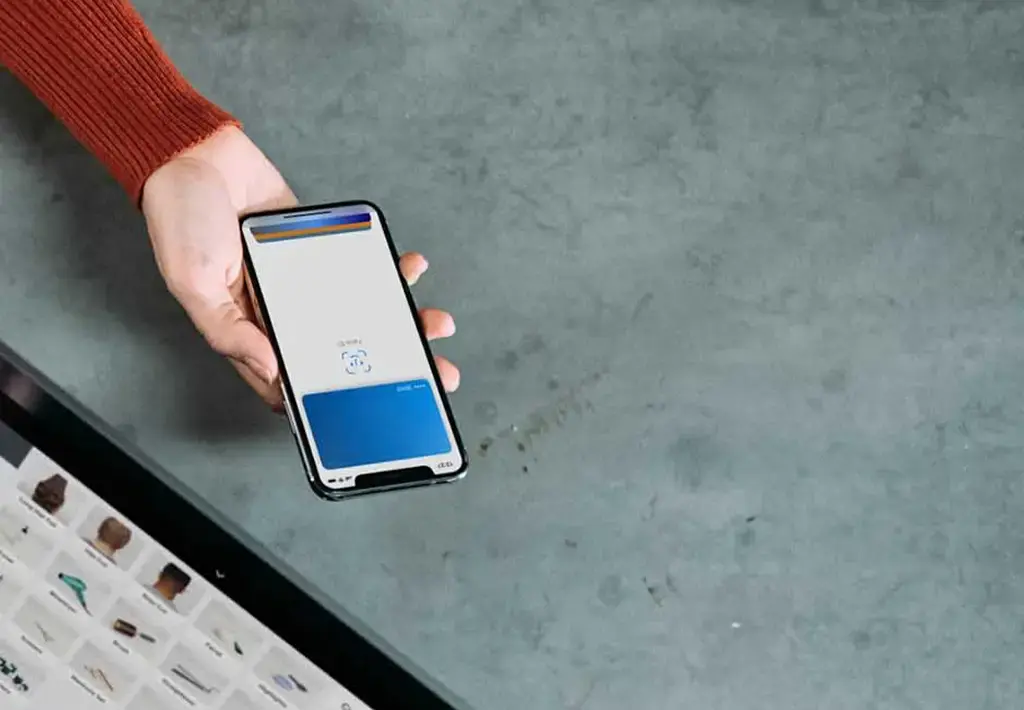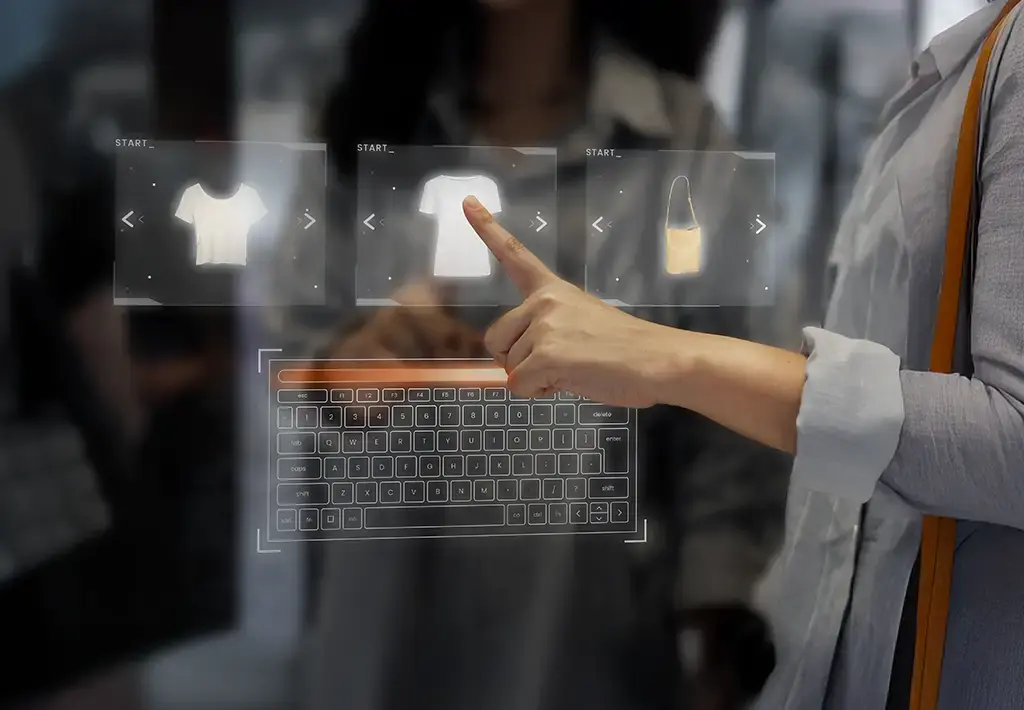Retailers are increasingly transforming their shopping environments into dynamic advertising platforms by launching retail media networks (RMN). Large retailers led the way, with brands like Walmart, Target and Amazon quickly establishing success. Walmart’s RMN, Walmart Connect, doubled in size in two years and now makes up 12% of the brand’s overall profits.
With the retail media market estimated to grow by 25% each year to $100 billion, it’s no surprise that more and more retailers are following suit. However, while embracing this model can unlock a rapidly growing revenue stream, it can seem like a mammoth undertaking to ensure the various essential capabilities, robust infrastructure and pricing model are in place.
In a bid to get started, retailers must decide whether to build a custom RMN from scratch or buy a ready-made solution to get things moving. To help you decide which route is right for you, let’s dive into the benefits and drawbacks of each option.
Option 1: Build
In a rapidly growing and changing market, standing out and remaining agile is crucial. Competing with the large, existing RMNs, you may wish to have complete control over every aspect of your network so you can adapt accordingly. Here’s what to consider:
Benefits
Building your own RMN has several benefits. By having full control over the design, retailers can ensure the network fits both business needs and customer interactions. With a clear design guided by an expert understanding of your customers, you may be more likely to achieve a better user experience and, in turn, better ad performance.
In addition, building gives you full control over the evolution of the platform over time. You could consider introducing unique features or actively responding to customer needs, providing you with a competitive edge and making you stand out from other platforms.
Retailers should also consider data ownership in the buy-versus-build debate. When building, you retain full ownership of any data generated (which can be a significant asset) rather than sharing it with a third party.
Drawbacks
It will come as no surprise that building a custom RMN takes time. The initial development period involves a long process, and retailers must also consider the time for ongoing maintenance and any updates. Along with the build, you’ll also need to consider how existing systems work with this new infrastructure, which can be complex and expensive.
Building such a complex platform requires a great deal of talent. Training or hiring specialist staff to handle data, software development and digital advertising may be an additional expense.
Finally, you’ll need to consider compliance and security. An RMN requires stringent data security and privacy measures, which can be expensive to implement and maintain.
Option 2: Buy
The alternative to a costly and time-consuming build could be to use an existing solution. While these ready-made products can get things moving quicker, they also carry potential drawbacks.
Benefits
These solutions are much faster to implement, helping retailers achieve a quicker deployment and seize the opportunity more quickly than a custom-built solution. With this increased speed comes a reduced initial cost, as there’s no need to pay for an investment in development. Additional staff training and hiring may also be lower with the platform already in place.
Another benefit of off-the-shelf solutions is the confidence in the product. Often, they have proven reliability and come with support and maintenance, reducing the need for a large in-house team.
Drawbacks
While the upfront cost may be much lower, there are likely to be ongoing recurrent costs for licensing fees, additional features or higher service levels. You may also be charged additional fees for customising the solution or any extensive modification needed to integrate it with your existing tech ecosystem. These costs add up, and the off-the-shelf solution can quickly become expensive.
There’s also a dependence on the vendor as you rely on the supplier for updates and features, making this option more limited. You lack full control over features, design and the evolution of the platform, meaning you may not be able to tailor the solution as well to your customers’ needs.
Introducing a tech partner
Often, it seems as though buying or building are the only options. However, a tech partner can help you explore opportunities beyond the traditional choices.
By working with a partner, retailers can leverage tech and strategic expertise to determine which strategy is best suited to developing their RMN and defining the best revenue stream and pricing model for their business.
While being guided through best practices and common pitfalls, retailers who work with tech partners combine the benefit of customisation with the expertise of an experienced partner. This ensures that your investment aligns with broader business goals and customer strategies. Plus, your team can be focused on these core activities while your tech partner manages the RMN development.
Making the decision
Determining which option best suits your business depends on your available resources, time and budget. While large and small retailers can leverage RMN, their development will depend on business needs, existing systems and goals.
For smaller retailers with limited audiences and resources, it’s most likely that working with an off-the-shelf solution will be most effective. In contrast, large retailers with large capabilities and audiences will benefit most from the full control a custom build can offer. Those who sit between these two sections should look towards tech partners and in-house expertise before determining which option is best for their business goals.
Eager to learn more? For a deeper dive into RMNs and how to determine which option might suit your brand, download our whitepaper: Are You Ready to Launch a Retail Media Network?



